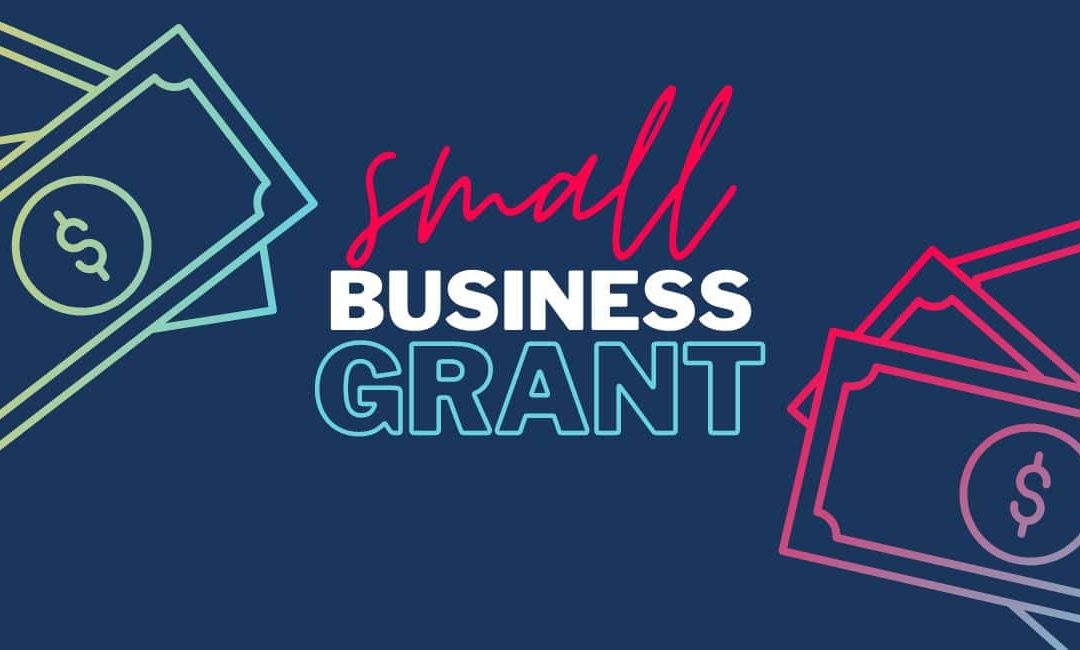Business Microgrants 101: Funding for Emerging Entrepreneurs
Starting a business can be exciting—but it’s also expensive. That’s where microgrants come in.
If you’re launching a venture or side hustle and need a financial boost to get off the ground, this guide from our Scholarships & Economic Empowerment Series will show you what microgrants are, where to find them, and how to apply.
What Is a Microgrant?
A microgrant is a small sum of money—typically between $500 and $5,000—awarded to individuals or small businesses to support specific projects, equipment needs, or startup costs.
Unlike loans, microgrants do not have to be repaid.
Microgrants are ideal for:
-
First-time entrepreneurs
-
Women- and minority-owned startups
-
Nonprofits and social impact initiatives
-
Side hustle projects ready to scale
What Microgrants Can Be Used For
-
Purchasing supplies, software, or basic equipment
-
Launching a marketing campaign or website
-
Covering registration fees, permits, or certifications
-
Paying for shipping, packaging, or production costs
-
Testing a new product or business model
Where to Find Microgrants
-
Galaxy Grants – Microgrants for women and minority-owned businesses. Apply Here
-
Wish Local Empowerment Program – Supporting Black-owned businesses. Learn More
-
IFundWomen – Crowdfunding combined with grant programs for women entrepreneurs. Explore Programs
-
Amber Grant for Women – Monthly $10,000 grants for women-owned businesses. Apply Here
-
Local Chambers of Commerce and Foundations – Many offer small business development grants and resources.
DMV-Based Programs:
-
DC Small Business Recovery Microgrant Program
-
Baltimore Development Corporation (BDC) Grant Opportunities
-
Virginia Community Business Partnership (CBP) Programs
Tips to Strengthen Your Microgrant Application
-
Be specific: Clearly explain how you will use the funds. Use real numbers and a defined purpose.
-
Highlight impact: Show how the grant will help grow your business or benefit your community.
-
Include a budget: Break down your funding needs simply and clearly.
-
Tell your story: Explain what problem you’re solving and why you are the one to solve it.
-
Personalize each application: Avoid copying and pasting the same answers across multiple applications.
Microgrant Application Red Flags to Avoid
-
Vague statements like “I just want to grow my business” without specifics.
-
Overlooking eligibility criteria or leaving application questions unanswered.
-
Submitting an outdated or poorly formatted business plan.
-
Using the same essay or personal statement for different grant programs without tailoring it.
Prepare to Apply: Microgrant Checklist
Before applying, gather:
-
Business registration documents (LLC, sole proprietorship, etc.)
-
EIN (Employer Identification Number)
-
A short business summary or plan
-
A detailed budget for how the funds will be used
-
A professional email and online presence (website or active social media profiles)
-
Photos or samples of your work (optional but helpful)
Sample Microgrant Question & Winning Answer
Q: How will you use this grant to grow your business?
“This grant will allow me to purchase food-grade packaging and labeling for my handmade spice blends. With proper branding and compliance, I can begin wholesaling to local grocery stores—doubling my income in the next six months.”
Why this works:
It’s specific, actionable, growth-focused, and shows a clear plan for results.
Final Thought
You don’t need $100,000 to make an impact—you just need the right support at the right time.
Microgrants can be the fuel that turns your idea into income and your hustle into a thriving business.
Stay tuned for more in our Scholarships & Economic Empowerment Series, including:
-
Navigating FAFSA and Pell Grants
-
College Budgeting for First-Time Students
Dr. Bertrand Fote, MD, MBA, FACEP, CF2
President, The Gatsby Showcase Foundation

